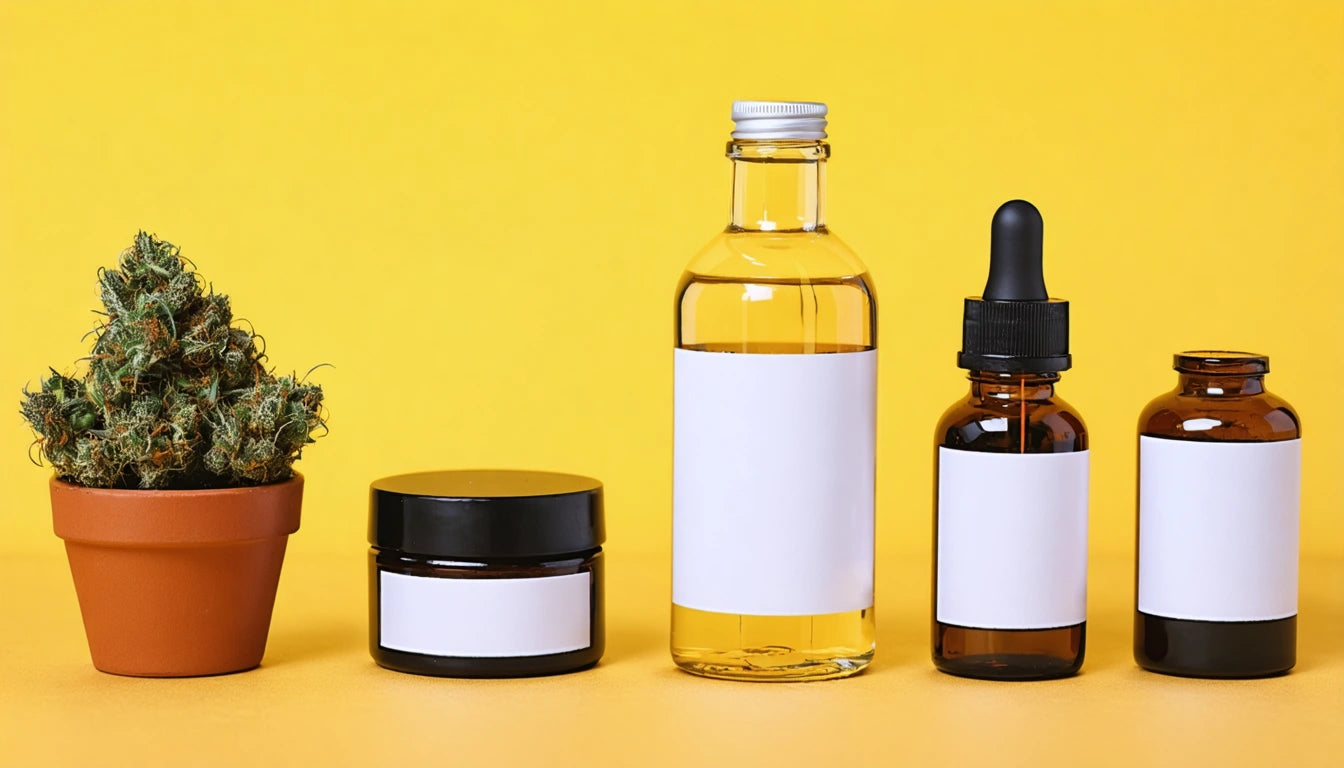Table of Contents
- Core Compliance Elements for Cannabis Flower Packaging
- California Requirements: Setting the Standard
- Colorado, Washington, and Oregon: Established Market Requirements
- Emerging Markets: New York, Illinois, and Michigan
- Balancing Compliance with Branding Opportunities
- Sustainable Packaging Trends in Regulated Markets
- Navigating Multi-State Operations: Strategies for Success
Cannabis flower packaging requirements vary significantly across states, creating compliance challenges for brands operating in multiple markets. Understanding these nuances is essential for avoiding costly penalties, product recalls, and potential license issues. This guide explores the specific requirements across major cannabis markets while providing practical solutions for compliance.
Core Compliance Elements for Cannabis Flower Packaging
While requirements differ by state, several core elements appear consistently in regulations nationwide. These fundamental requirements include:
- Child-resistant packaging mechanisms
- Tamper-evident features
- Opaque or light-resistant materials
- Required warning statements
- THC content and cannabinoid labeling
- Batch tracking information
According to state-specific packaging guidelines, these baseline requirements form the foundation upon which state-specific regulations build. The challenge comes in addressing the variations in implementation across markets.
California Requirements: Setting the Standard
California maintains some of the most stringent packaging requirements nationwide, often influencing regulations in newer markets. Key California-specific requirements include:
California Labeling Requirements
All flower packaging must include:
- Universal cannabis symbol (minimum 0.5" × 0.5")
- Primary panel warnings in 6-point font minimum
- Government warning in 6-point font minimum
- Net weight (in both ounces and grams)
- UID number for track and trace
California also requires child-resistant packaging that maintains its effectiveness throughout the product's use. For flower products specifically, this often means utilizing specialized child-resistant closures and jar lids that provide both security and convenience for adult consumers.
Colorado, Washington, and Oregon: Established Market Requirements
As pioneering adult-use markets, these states have refined their requirements over years of implementation:
Colorado Specifics
Colorado requires the universal THC symbol on each container and prohibits packaging that appeals to children. The state also mandates:
- Harvest date information
- Pesticide disclosure
- Cultivation facility information
Colorado allows for the reuse of exit packaging, a sustainability measure not permitted in all states.
Washington and Oregon Variations
Washington requires producer information prominently displayed, while Oregon mandates activation time and effect warnings. Both states have specific requirements for tamper-evident features that differ slightly from other markets.
Emerging Markets: New York, Illinois, and Michigan
Newer markets often implement lessons from established states while adding unique requirements:
New York's Progressive Approach
New York has implemented some of the most environmentally conscious packaging regulations, requiring:
- Minimum 25% post-consumer recycled content
- Packaging that is recyclable in the state
- Restrictions on plastic packaging types
These requirements align with broader eco-friendly packaging trends but present challenges for brands accustomed to traditional packaging solutions.
Illinois and Michigan Requirements
Both states have implemented detailed labeling requirements, with Illinois focusing heavily on warning language and Michigan requiring QR codes linking to certificates of analysis. These requirements reflect the evolving nature of cannabis regulations nationwide.
Balancing Compliance with Branding Opportunities
Despite regulatory constraints, successful brands find ways to differentiate through compliant packaging. According to research on packaging impact on sales, brands can maximize appeal while maintaining compliance through:
- Strategic use of compliant materials
- Innovative structural designs
- Custom printing within regulatory parameters
- Consistent visual identity across markets
The choice between glass jars versus mylar bags often depends on both state requirements and brand positioning, with premium brands typically favoring glass despite higher costs.
Sustainable Packaging Trends in Regulated Markets
Sustainability requirements are increasingly becoming codified in state regulations. Brands looking to future-proof their packaging should consider:
- Recyclable and biodegradable materials
- Reduced packaging volume
- Post-consumer recycled content
- Reusable packaging systems
These approaches align with both consumer preferences and evolving regulatory requirements across states, particularly in markets like California and New York that often lead regulatory trends.
Navigating Multi-State Operations: Strategies for Success
For brands operating across multiple states, several strategies can help manage the complexity of varying requirements:
- Develop modular packaging systems that can be adapted by state
- Create compliant base packaging with state-specific labels
- Partner with suppliers familiar with multi-state compliance
- Implement robust quality control processes
By understanding the nuances of each market and developing flexible packaging solutions, brands can navigate the complex regulatory landscape while maintaining brand consistency and operational efficiency.
The most successful multi-state operators typically invest in comprehensive compliance tracking systems and regular regulatory reviews to ensure their packaging remains compliant as regulations evolve. This proactive approach helps minimize disruptions and maintain consistent market presence across state lines.











Leave a comment
All comments are moderated before being published.
This site is protected by hCaptcha and the hCaptcha Privacy Policy and Terms of Service apply.